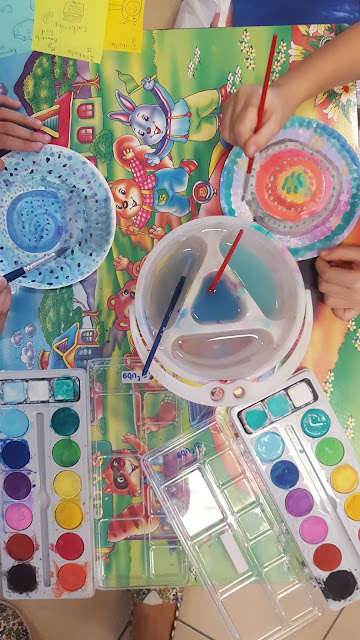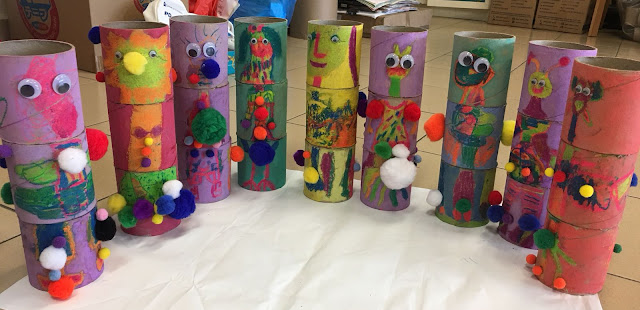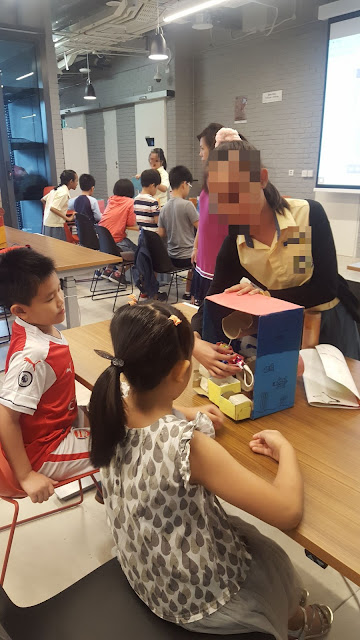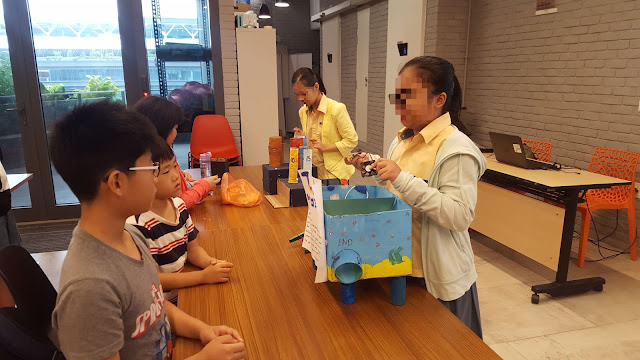In tandem with International Dot Day, the children painted paper plates to go with their clay food. As a tuning in, I asked the children to draw me the answers to these questions on post-its:
Food is a great conversation starter. There is always food during celebrations. Be it festive seasons, weddings, birthdays, parties, housewarming or vernissage. There is no lack of intagrammable dishes in images to arouse your appetite. In short, people don't just eat when they are hungry. We are also social eaters unless you are looking for what founder, Marina Van Goor, has designed - Eenmaal, a restaurant only for solo diners.
I've learnt more about the children through the food that best depicts their culture. It was also interesting to find out about their favourite food and snacks which tell me a lot based on their food choices and lifestyles.
The children responded very well to images - either digital or printouts. We started by looking at our school location on Google Map and found that many restaurants including fast food eateries are strategically situated near our school. We discussed our favourite food, festive foods and food we need to eat in moderation. There was also a lesson where the children manipulate the clay into specific shapes so that they can experience the colour change and describe the difference in 2D and 3D shapes. We observed the shapes, colours and they did a few sketches.
Food is a great conversation starter. There is always food during celebrations. Be it festive seasons, weddings, birthdays, parties, housewarming or vernissage. There is no lack of intagrammable dishes in images to arouse your appetite. In short, people don't just eat when they are hungry. We are also social eaters unless you are looking for what founder, Marina Van Goor, has designed - Eenmaal, a restaurant only for solo diners.
I've learnt more about the children through the food that best depicts their culture. It was also interesting to find out about their favourite food and snacks which tell me a lot based on their food choices and lifestyles.
The children responded very well to images - either digital or printouts. We started by looking at our school location on Google Map and found that many restaurants including fast food eateries are strategically situated near our school. We discussed our favourite food, festive foods and food we need to eat in moderation. There was also a lesson where the children manipulate the clay into specific shapes so that they can experience the colour change and describe the difference in 2D and 3D shapes. We observed the shapes, colours and they did a few sketches.
























































